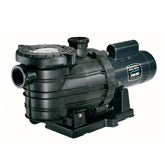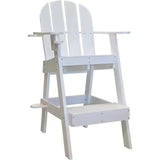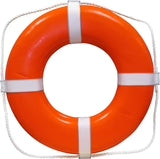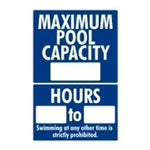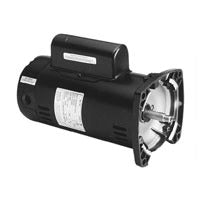Poop in the pool is never something a pool owner or operator wants to see. Just imagine a pool of 50 kids jumping out as fast as they can, screaming as they run down anything in their way just to escape the pool. It’s not fun, and the proper response is essential to keeping those kids safe when they jump back in the pool.
Most recreational water illnesses are spread through a fecal release into water that does not have proper disinfectant levels or sufficient filtration. Pathogens such as Crypto, Giardia, E.coli, and Shigella are all very harmful diseases that can be spread by accidental fecal releases.
For any type of fecal matter found in the pool, first complete the following at minimum:
- Remove all bathers from the water.
- Close all pools at facility that share the same water or filtration equipment.
- Manually remove as much fecal material as possible with net or scoop. You should not use an external vacuum unless this discharges into the local sewer system.
- Clean and disinfect whatever you used to remove the fecal matter and leave them in pool during the following instructions.
Formed Stool Accident:
- Check to ensure that the water’s pH is 7.5 or lower and adjust if necessary.
- Operate the filtration system while the pool reaches and maintains the proper free chlorine of at least 2 ppm for at least 60 minutes.
- Test the free chlorine levels at multiple points to ensure the proper concentration is achieved throughout the pool for the entire 60 minutes.
- Use only non-stabilized chlorine products (such as calcium hypochlorite) to raise the free chlorine levels.
State codes could require additional sanitization. Check your local codes to ensure compliance and reporting requirements.
Diarrheal Discharge Accident:
- Raise the free available chlorine to 20 ppm and ensure the pH level is maintained between 7.2 and 7.5.
- Maintain this chlorine concentration for at least 12 hours before reopening the pool. Be sure the filtration system is running at full flow rates the full 12 hours. Test the free chlorine levels at multiple points to ensure the proper concentration is achieved throughout the pool for the entire 12 hours.
- Backwash the filter after the full disinfection time. The filter effluent should be directed to waste and not back to the pool during backwash.
- Return chlorine to its standard level as stated by the state or local regulations and reopen the pool.
These same steps can be used to respond to vomit, blood and any other bodily fluid discharges. State codes could require additional sanitization. Check your local codes to ensure compliance and reporting requirements.
